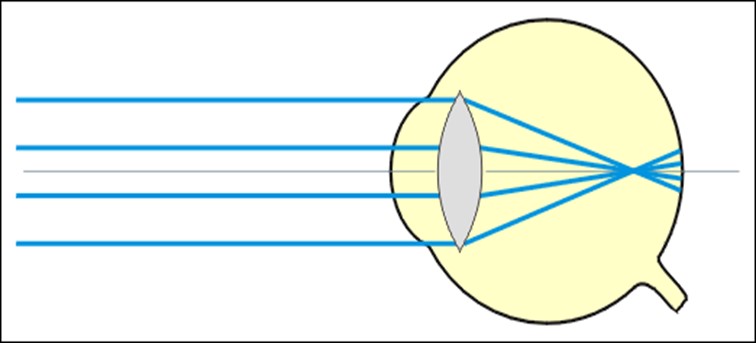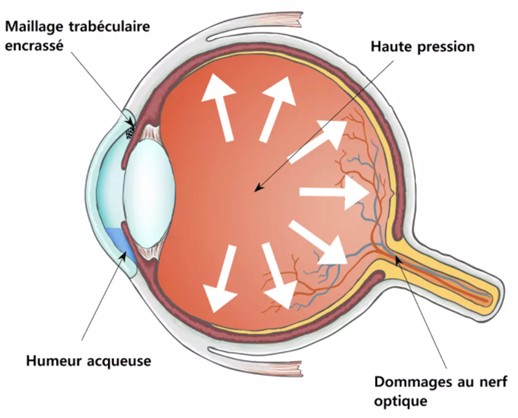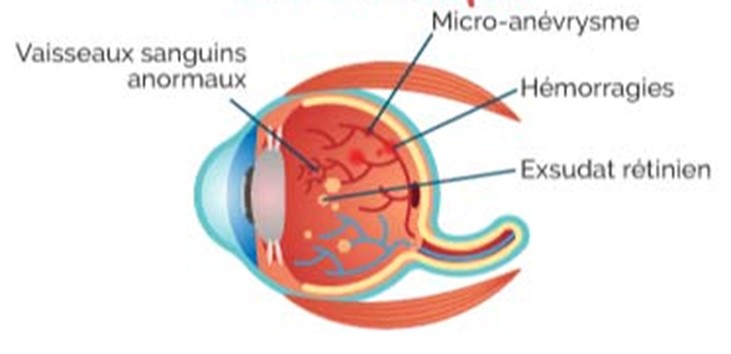Prevention of vision disorders
Vision checks should be carried out according to age.
Dysfunctions to be detected in children:
- Myopia: Blurred distance vision: the image is formed in front of the retina. The lenses will be rated with a negative power (-1.25)


- Hyperopia: Blurred vision at close range: the image is formed behind the retina. The lenses will be rated with a positive power (+1.25)


- Astigmatism: Imprecise vision at near and far. Increased sensitivity to bright light. The lenses are not symmetrical but toric (or cylindrical)



- Convergence – Strabismus: Convergence disorders are rehabilitated by ocular rehabilitation with an orthoptist

- Correction by wearing glasses
- Checks to be made every 3 to 5 years depending on symptoms
Checks for adults from the age of 35
- In addition to the refraction check
- Fundus to analyse the retina
- Ocular pressure to be measured. Ocular hypertension and glaucoma: Ocular hypertension leads to irreducible alterations of the retina. This pressure increases very slowly, making it a silent disease. The treatment is based on drops or a small operation.


Retinal detachment Diabetic eye


One of the main complications of diabetes, whether it occurs at a young age or at a later age and is related to overweight, is visual impairment due to blood damage to the retina or retinal detachment.
Control of the adult between 40 and 45 years of age
- Appearance of presbyopia



Accommodation decreases steadily with age but becomes troublesome around the age of 45, except in the case of severe myopia where the myopia is “corrected” by presbyopia.
Over 50 years old: checks every 2 years
- Fundus of the eye
- Measurement of intraocular pressure
- Search for cataract. Cataracts are the leading cause of blindness in Africa. Its causes are the sun and dehydration in southern countries and age in western countries. The treatment is done by surgery to replace the crystalline lens by an artificial lens.

- Search for Age-related Macular Degeneration (AMD)

It is the progressive disappearance of central vision, which makes reading difficult or impossible. There are two forms of AMD: exudative, for which treatment is possible by injection of a product, and degenerative, for which there is unfortunately no treatment to date.
By Dr Annie Peytavin, Chief Medical Officer – MSH International